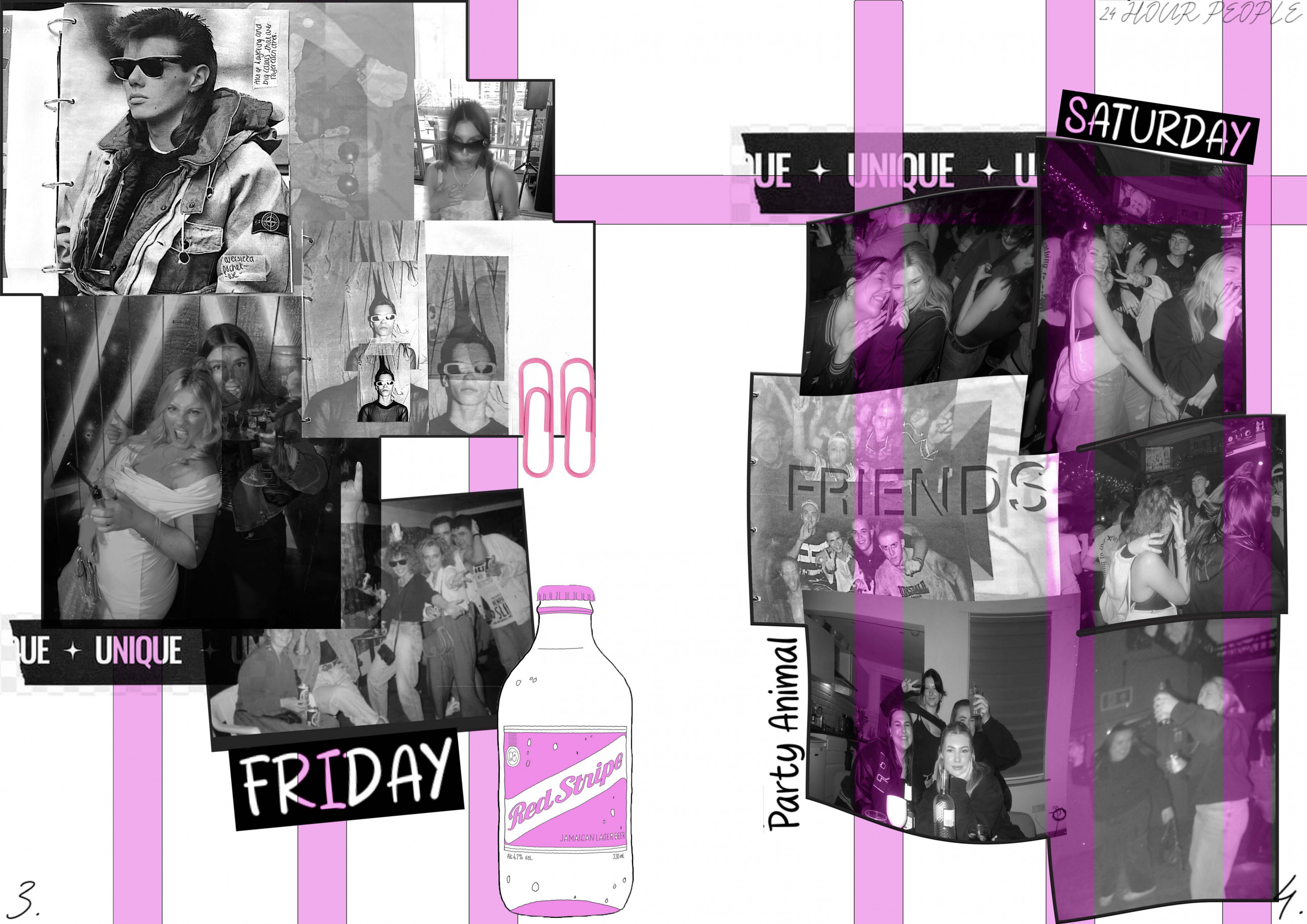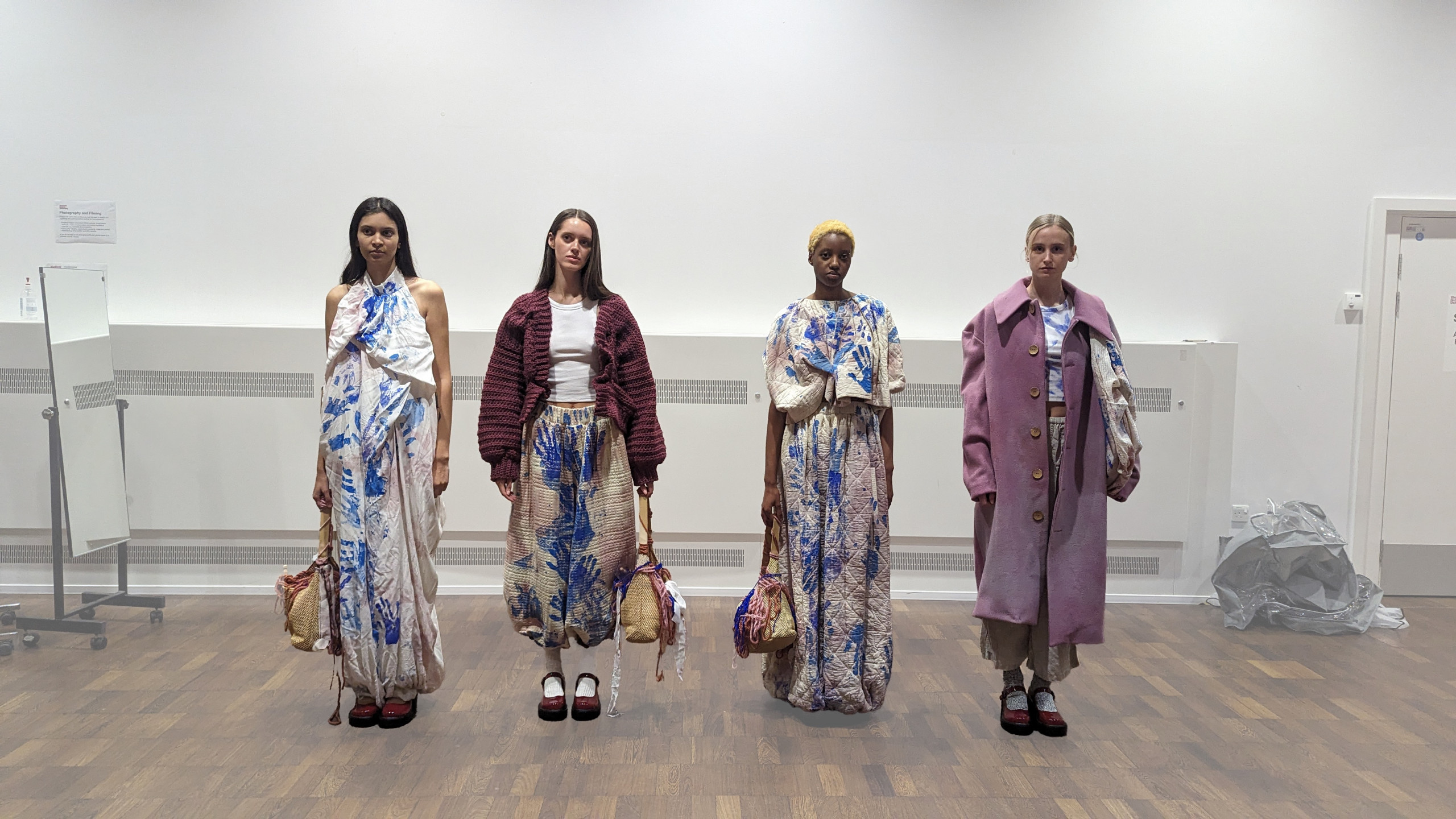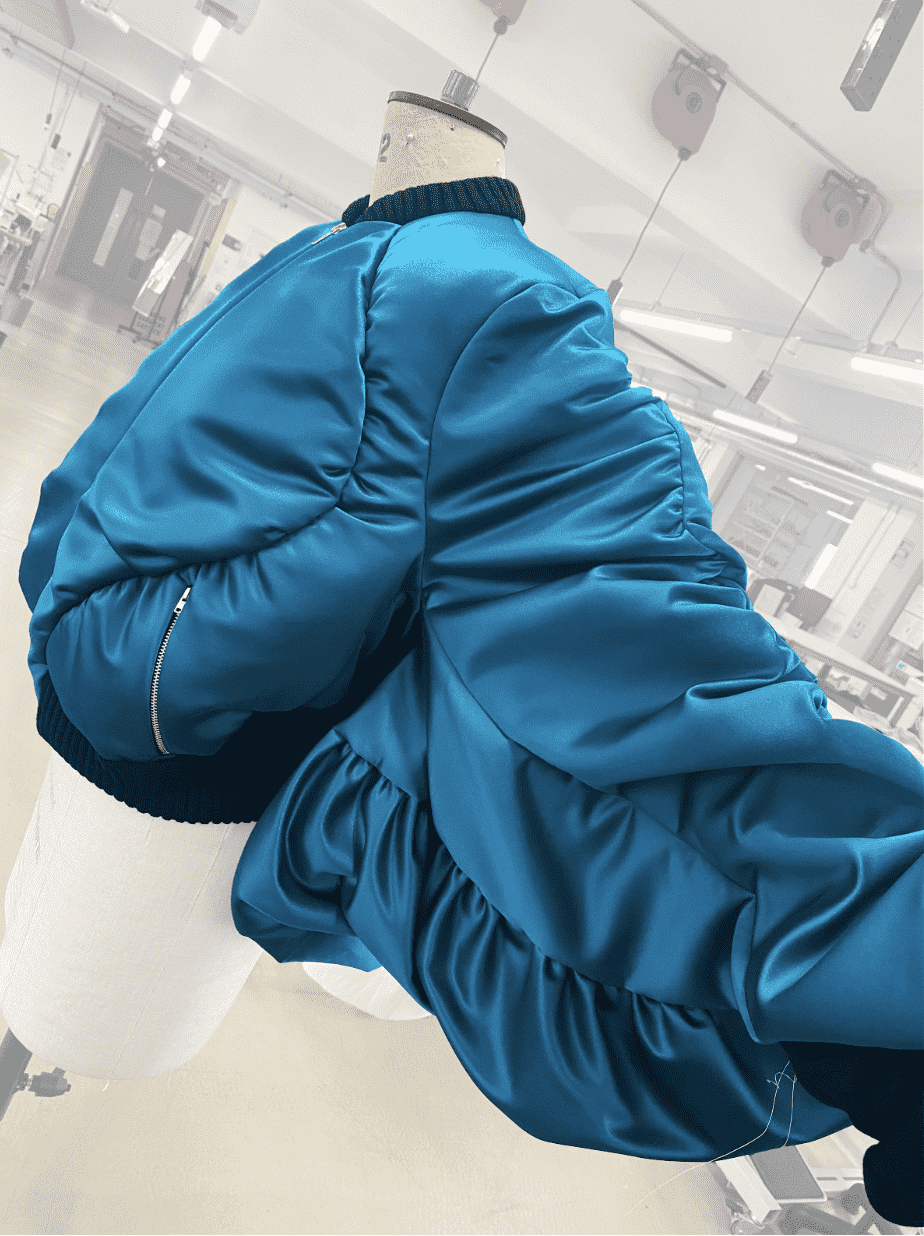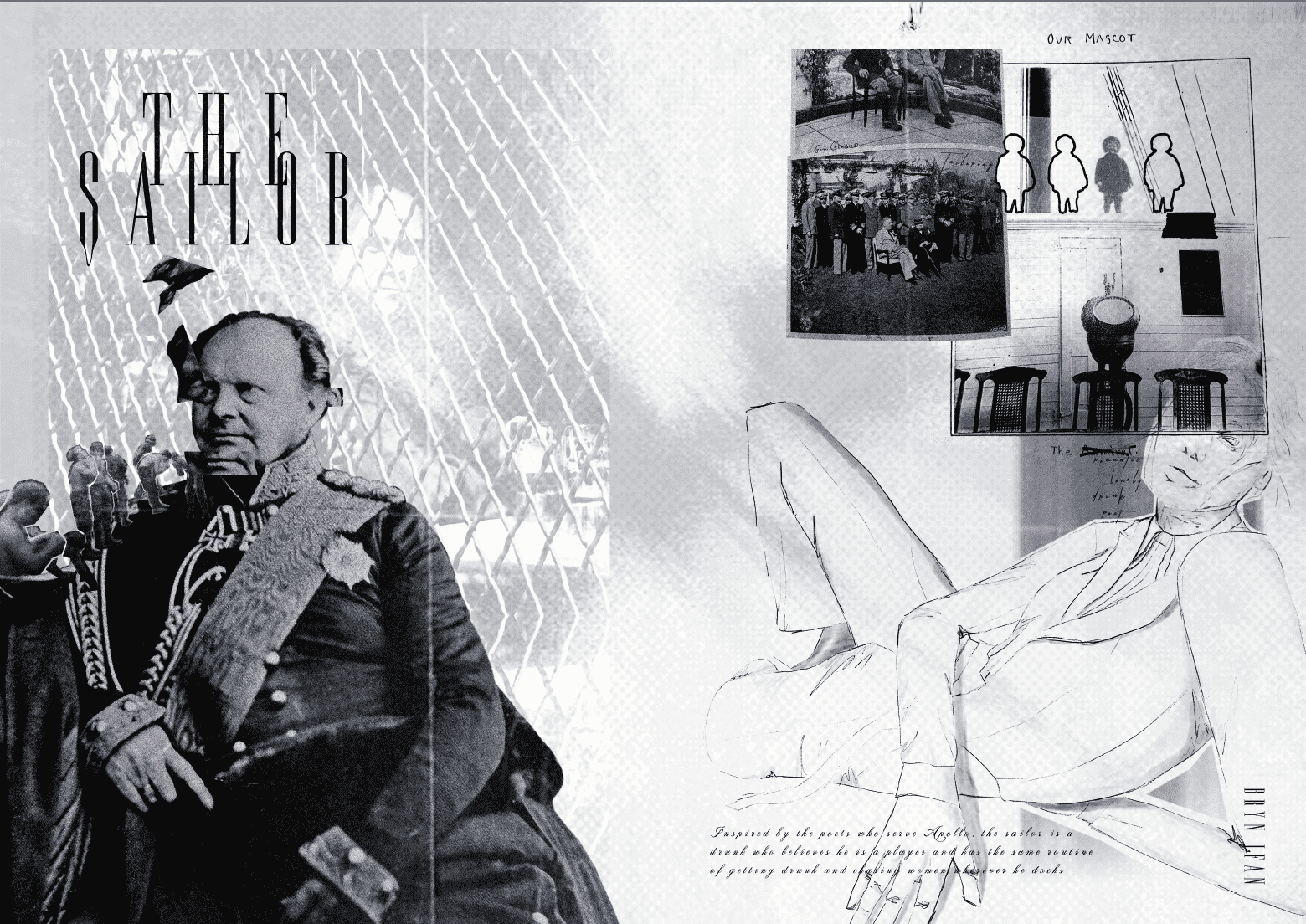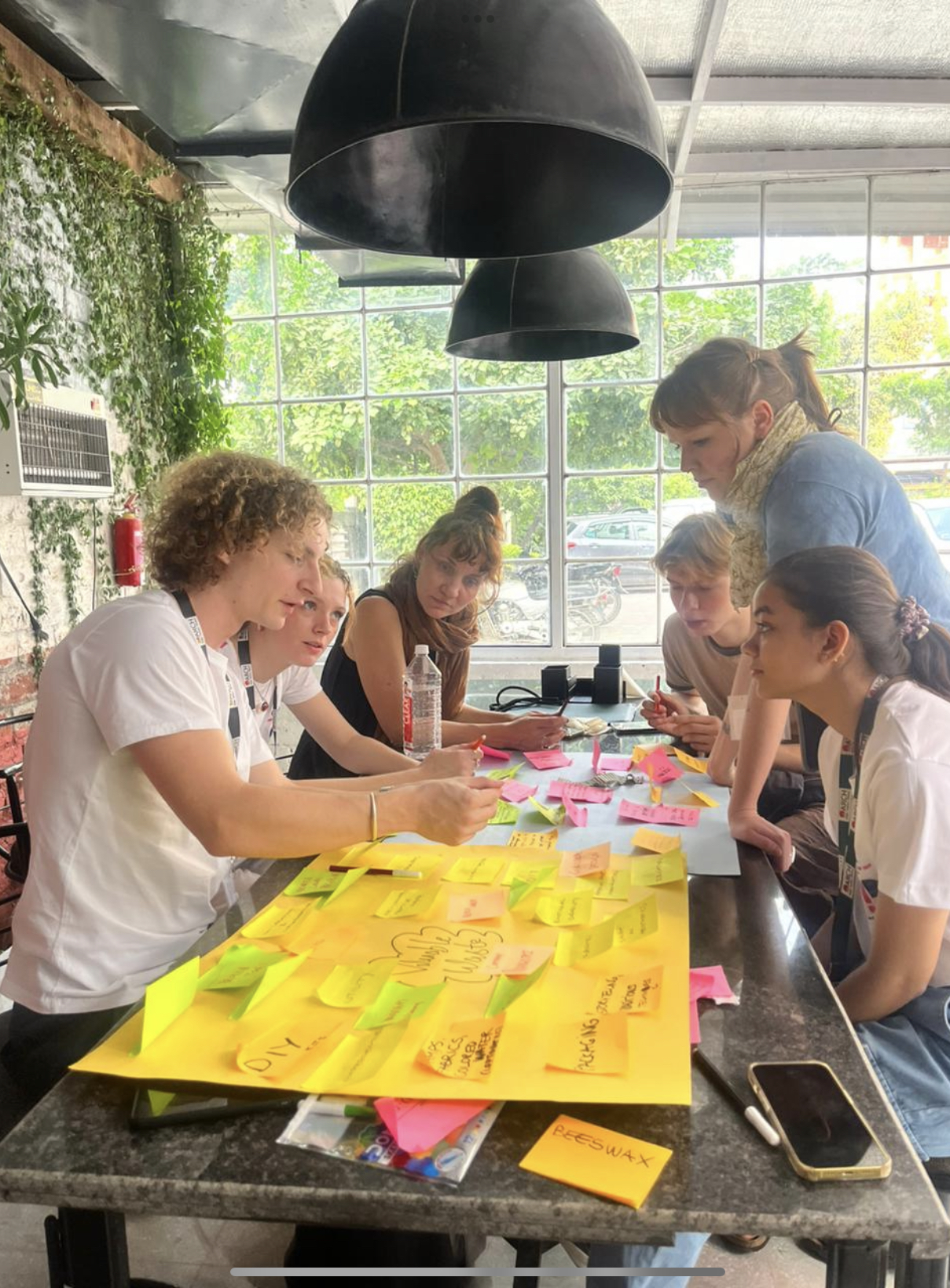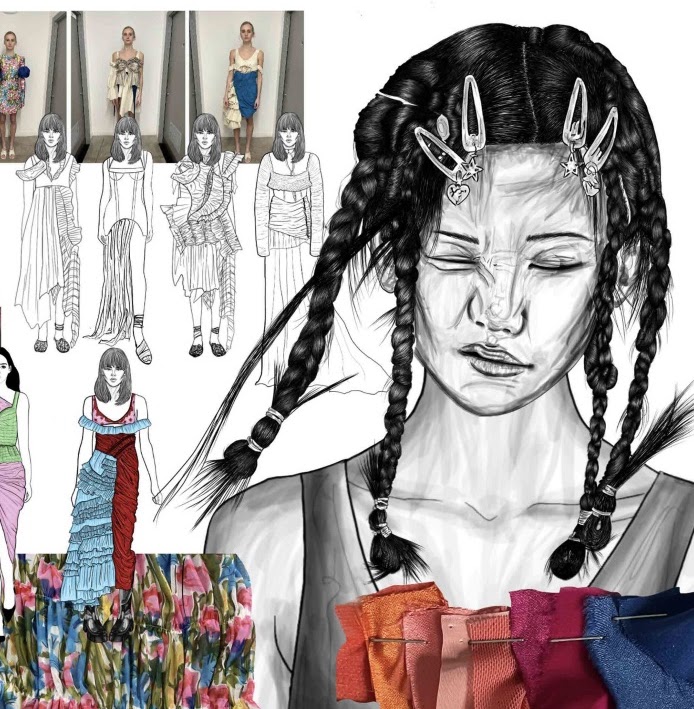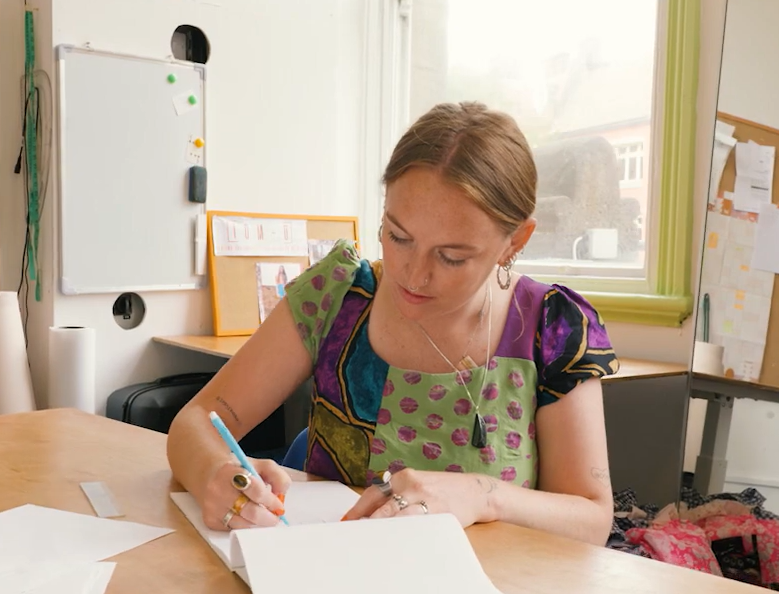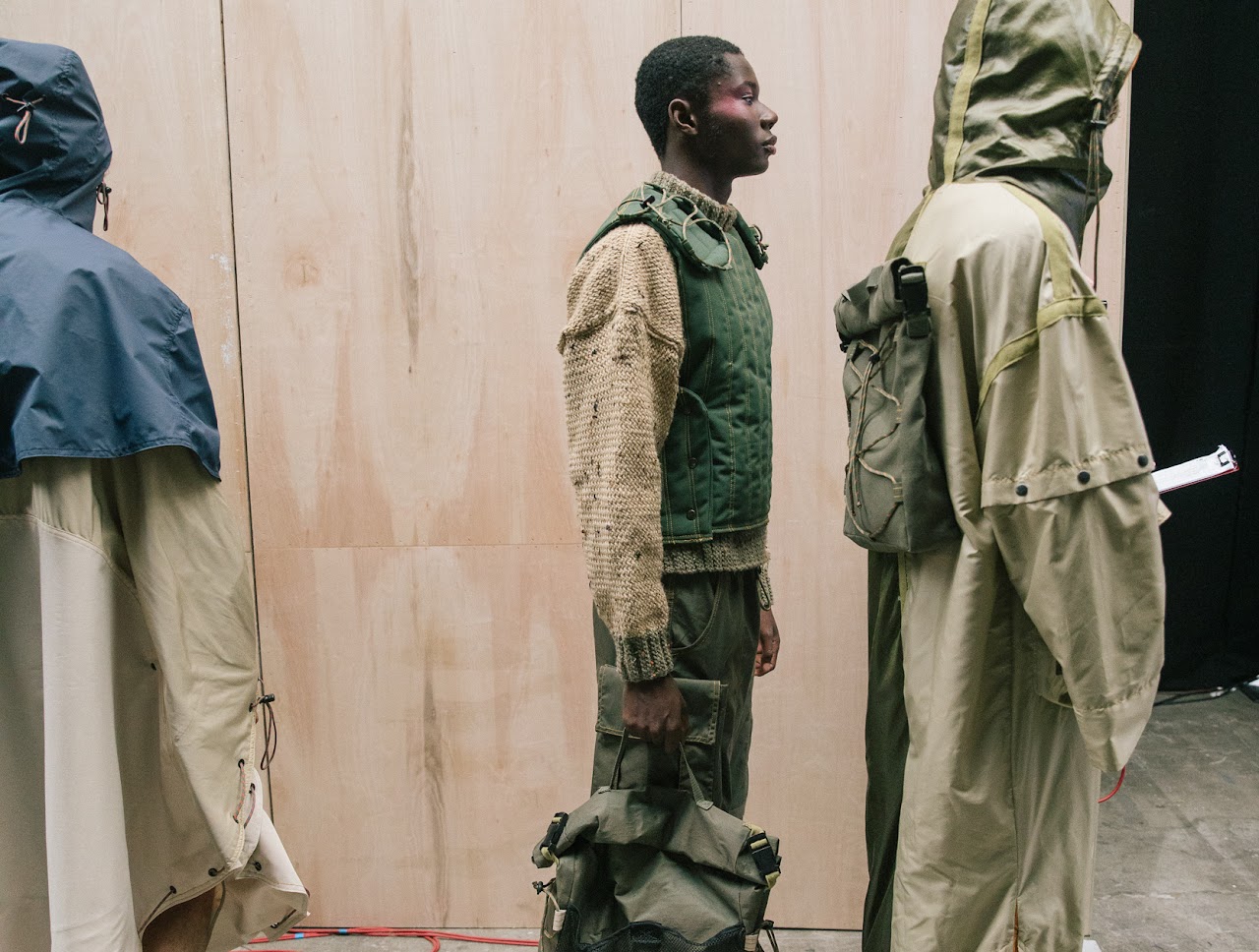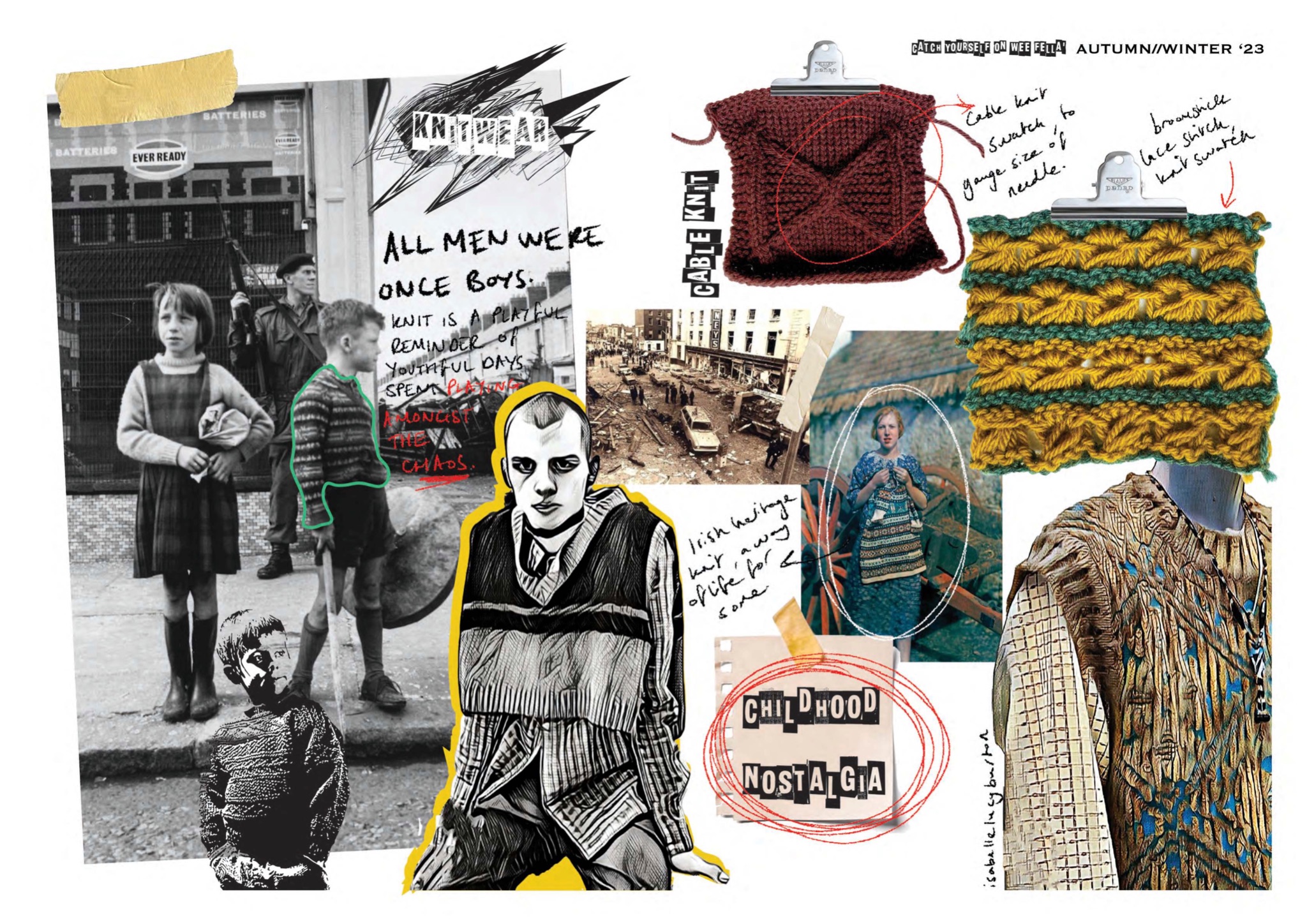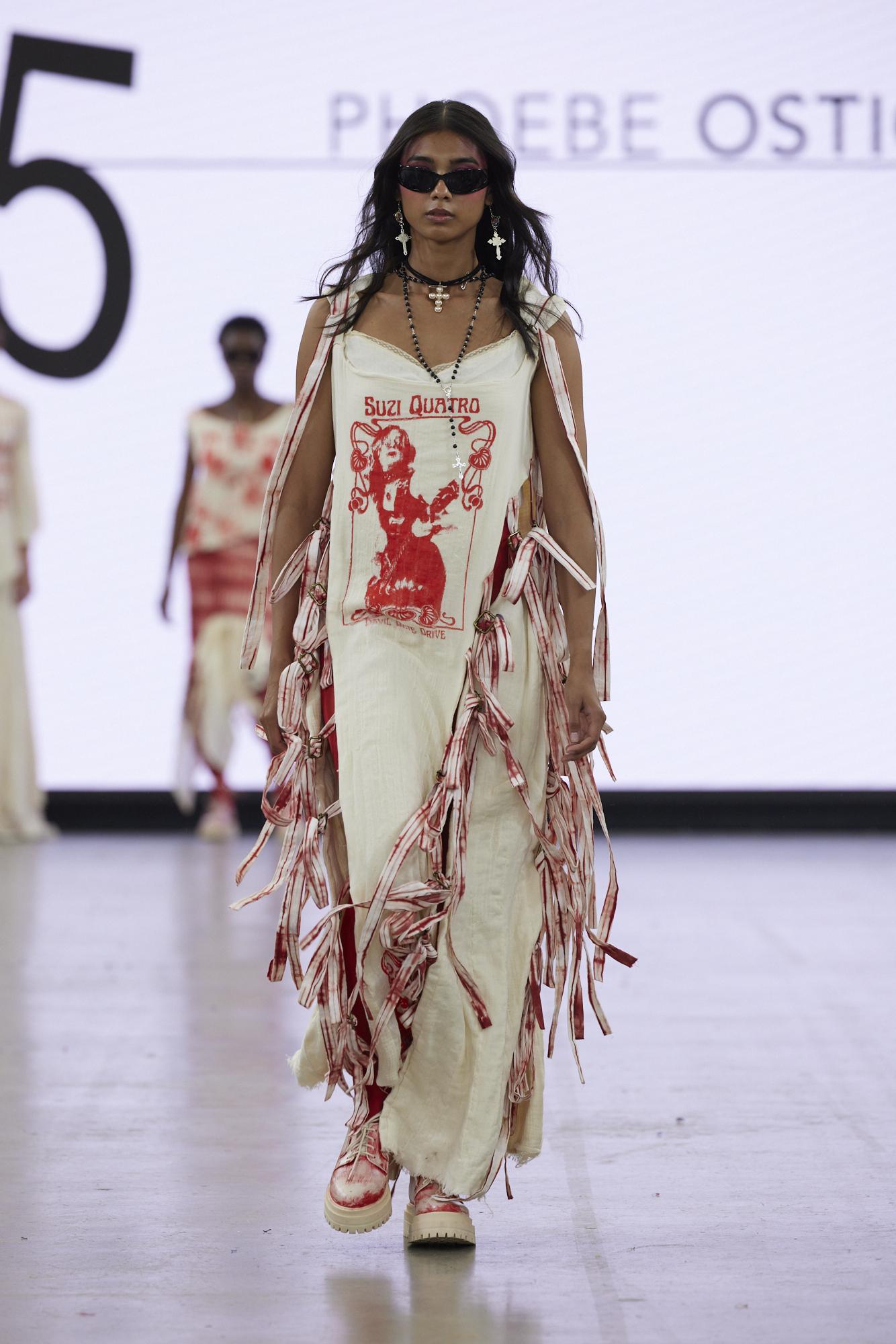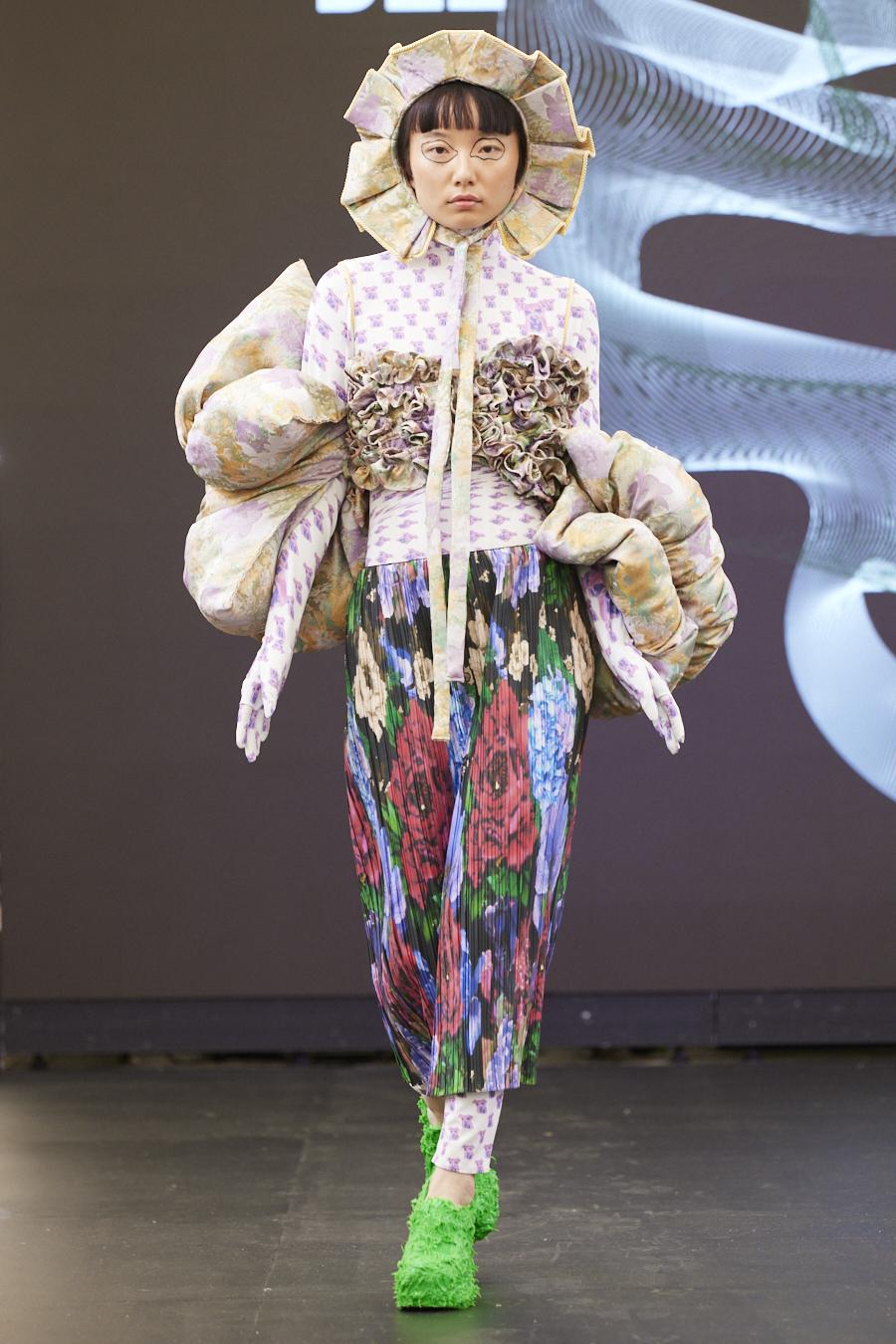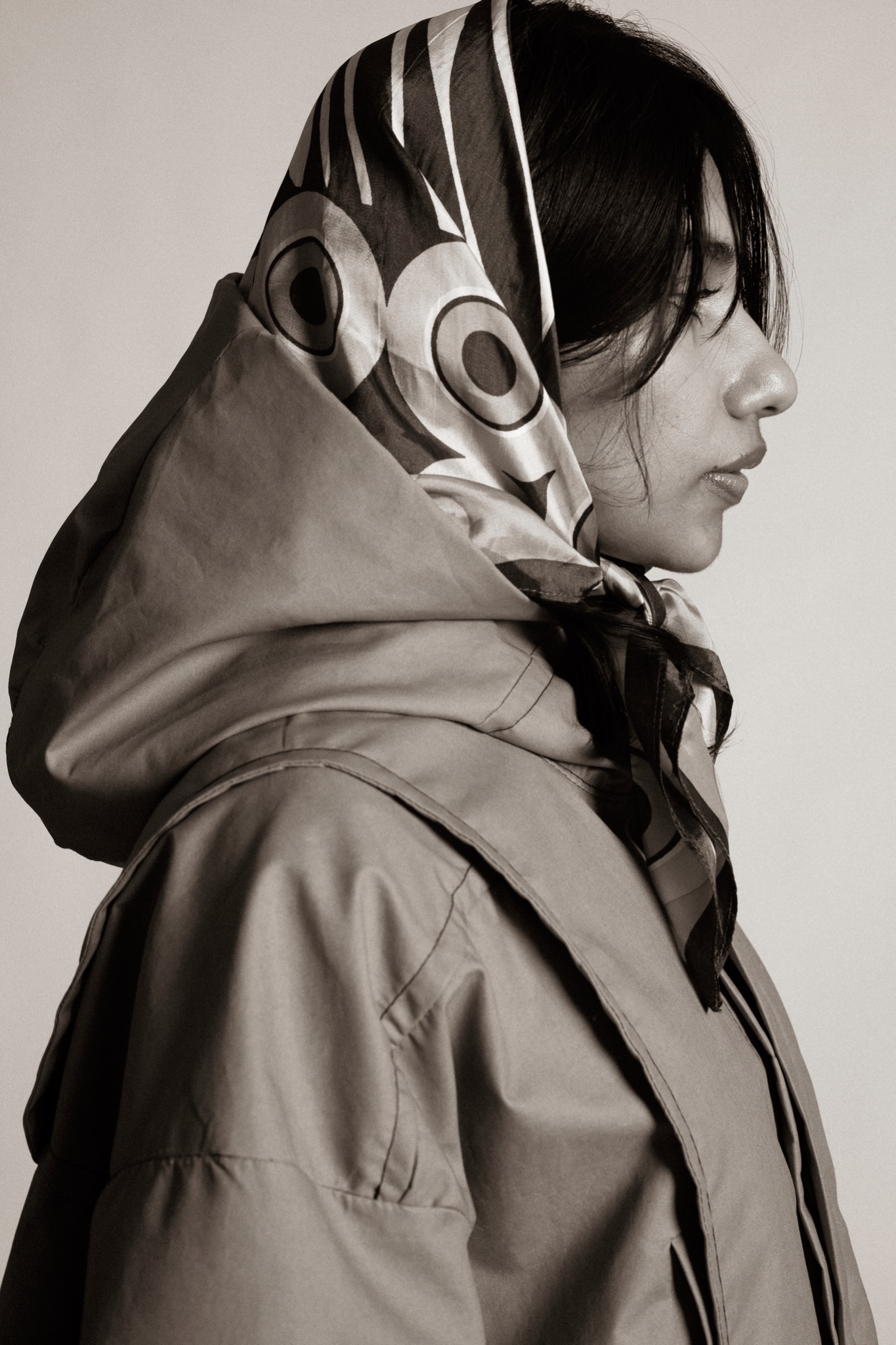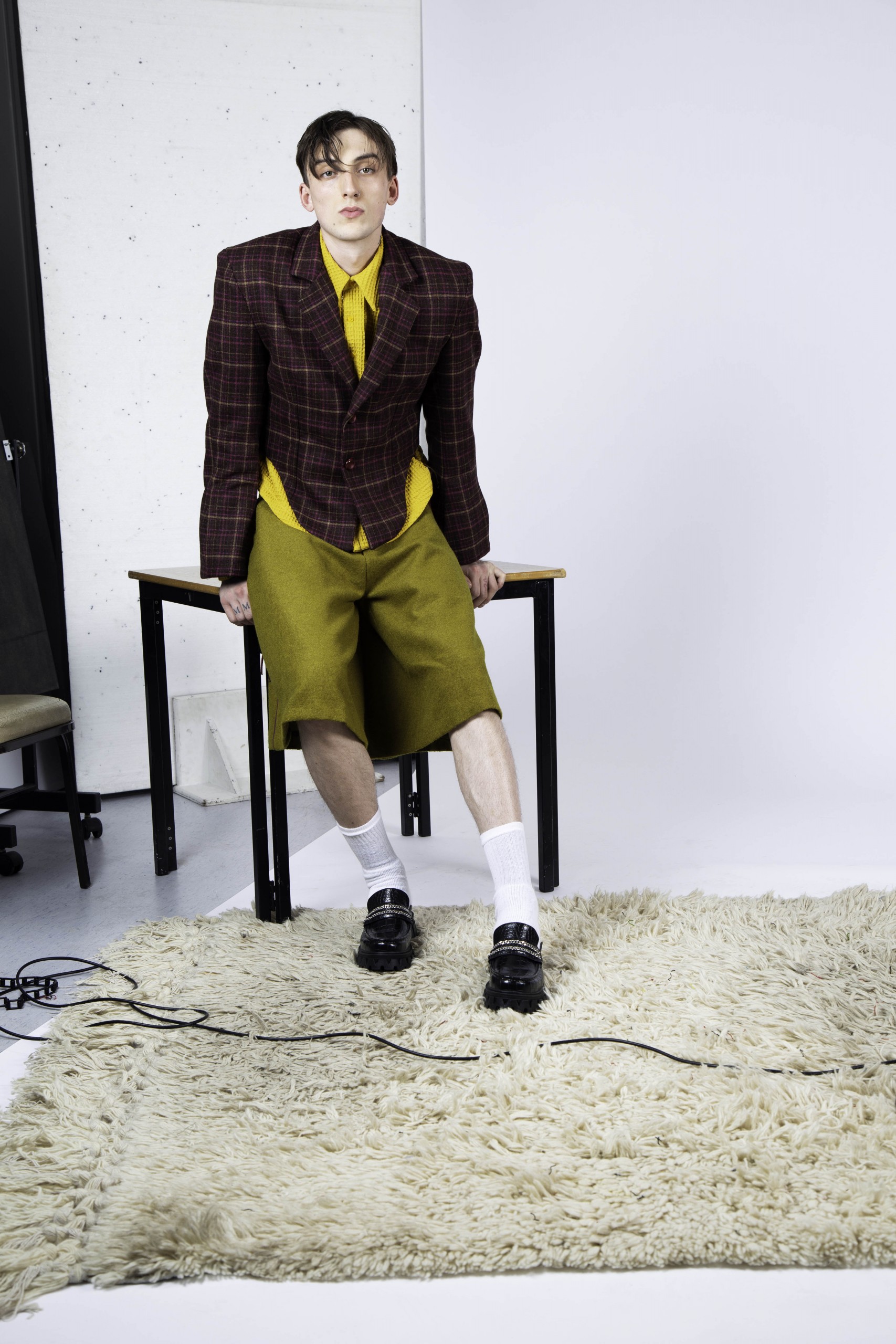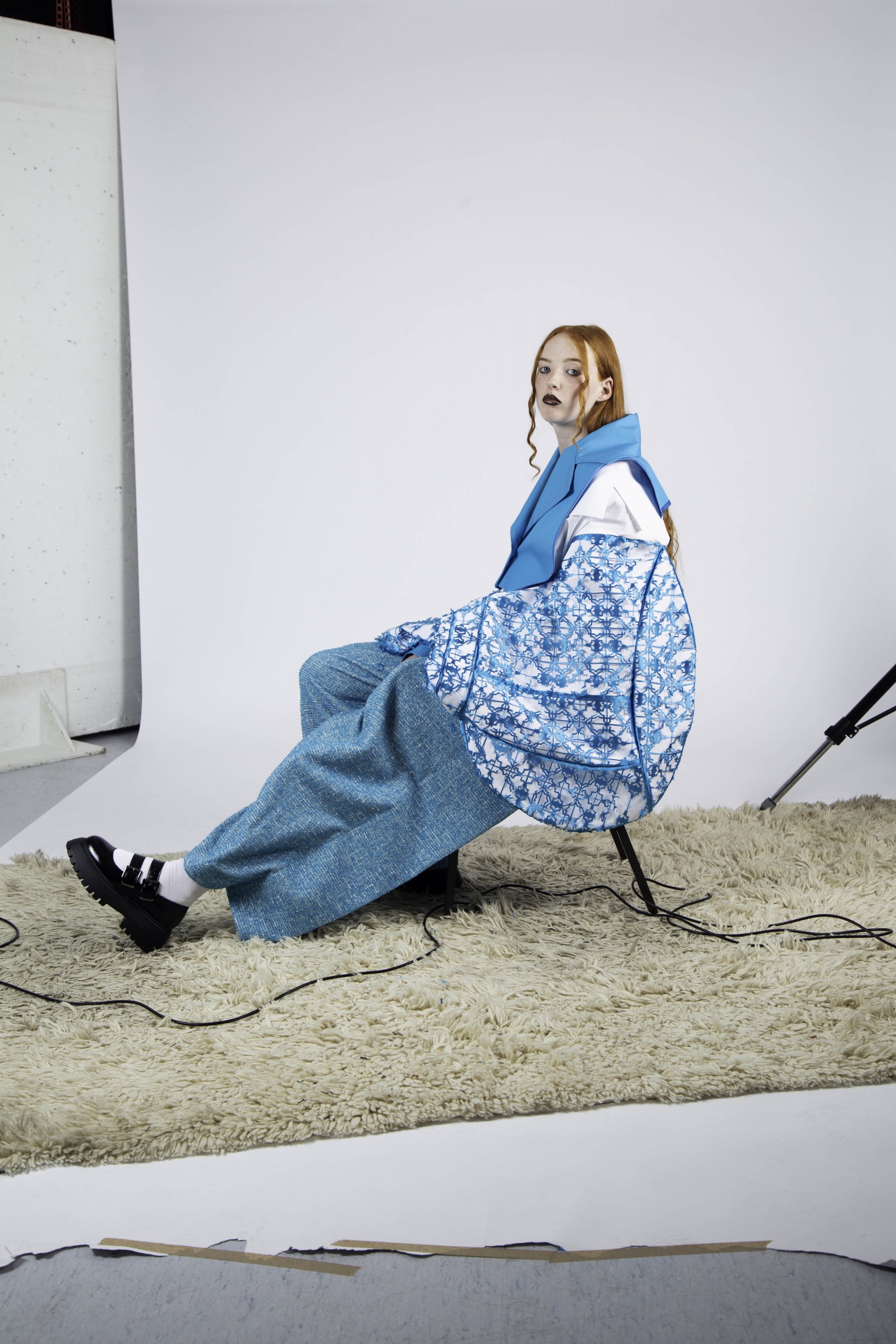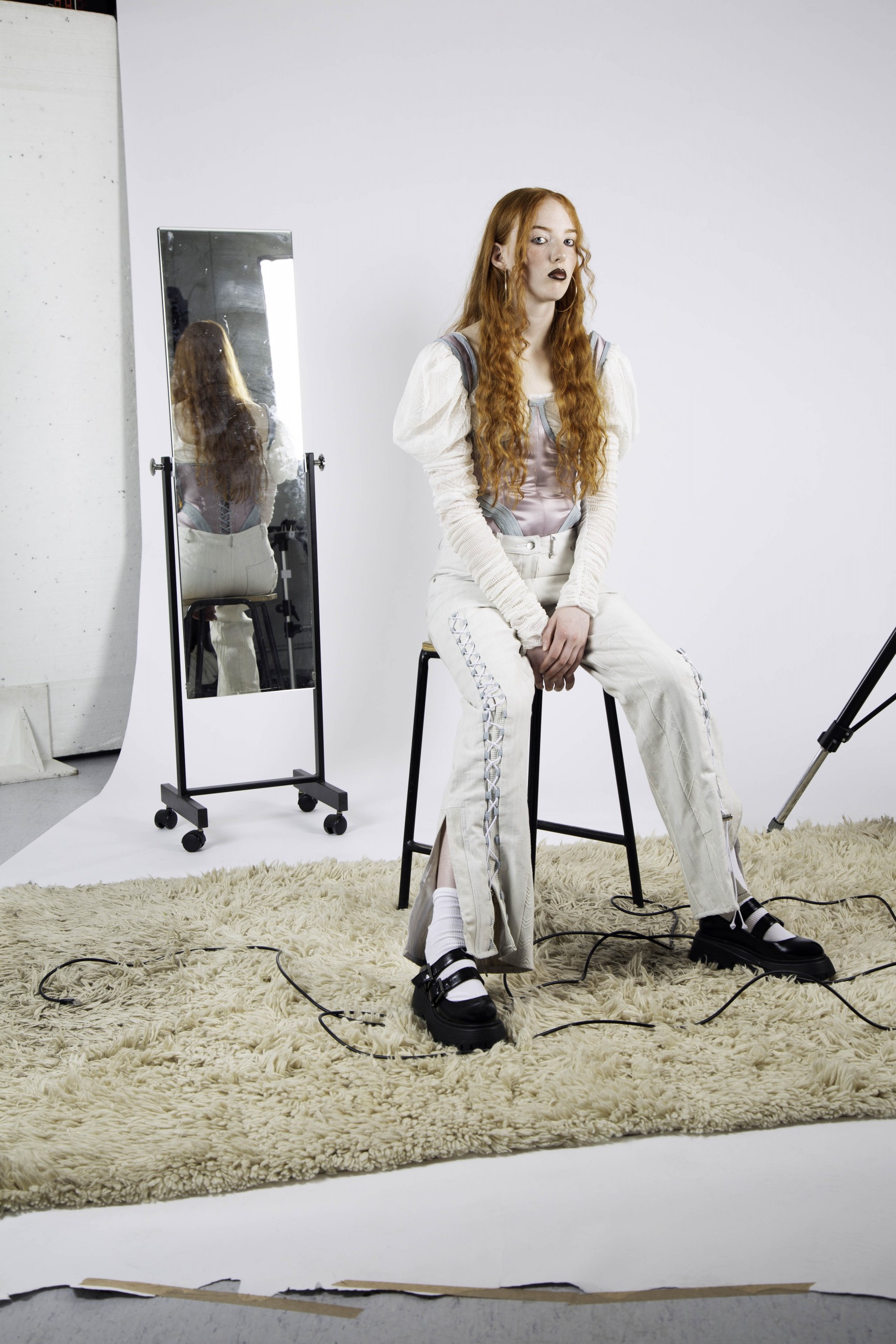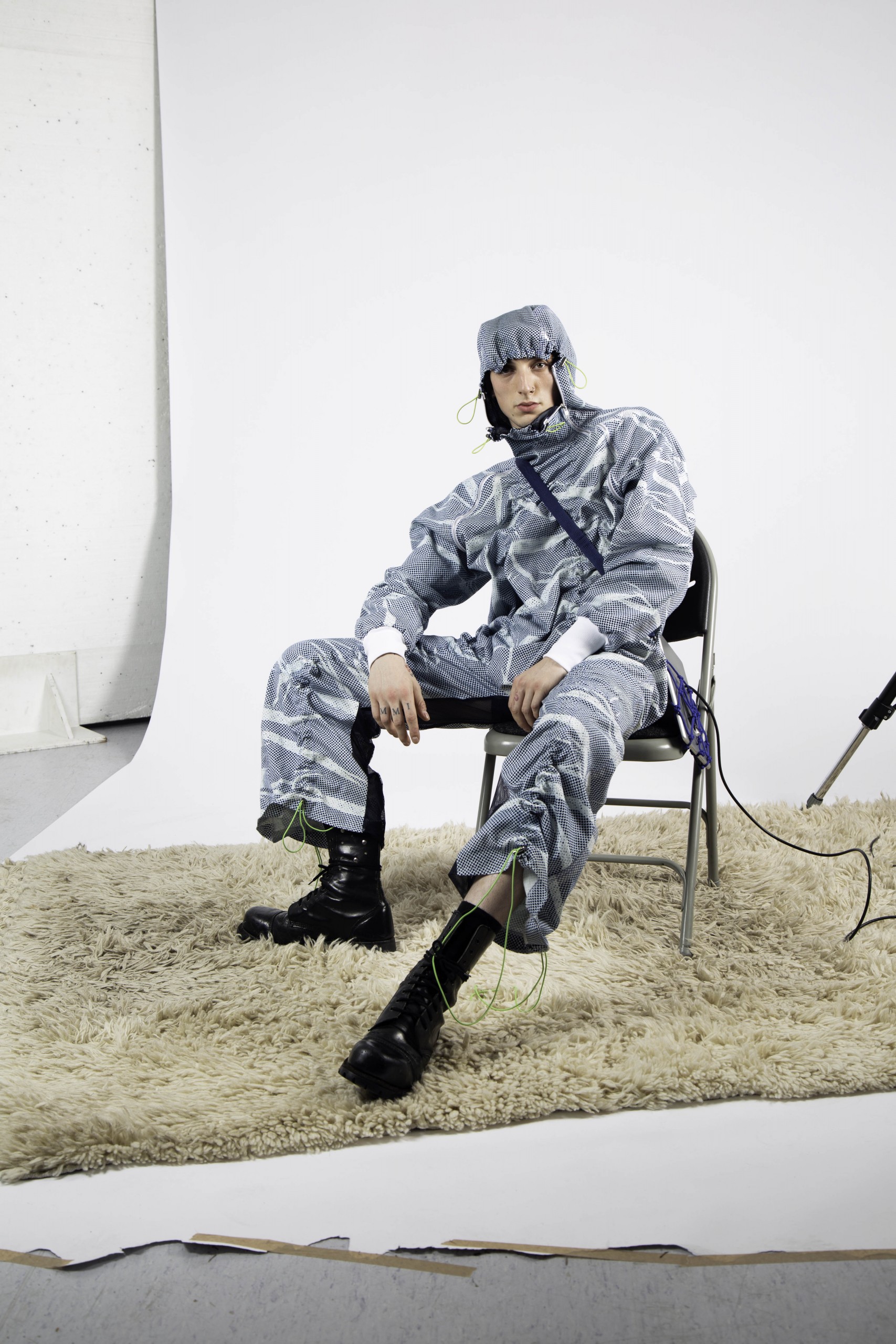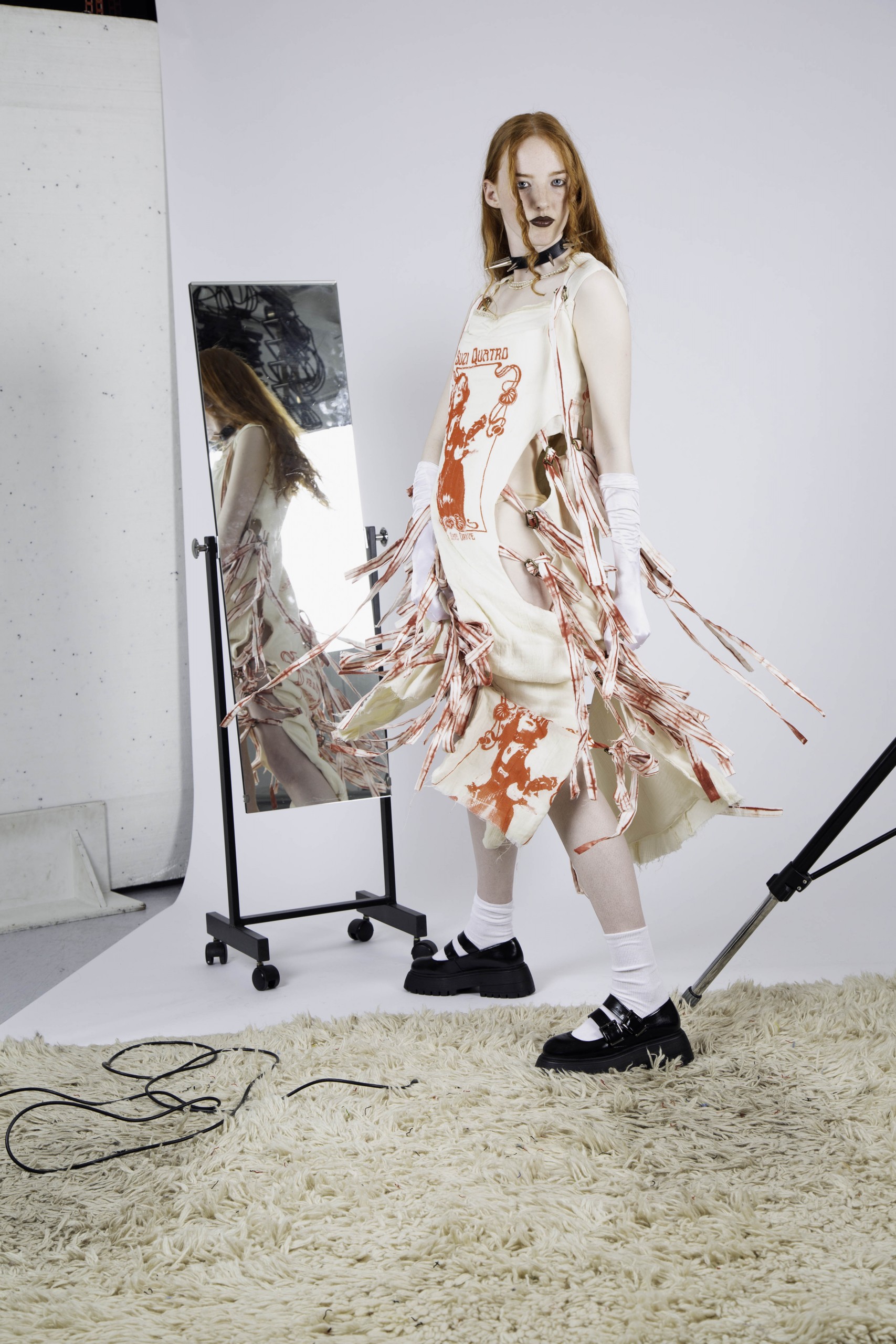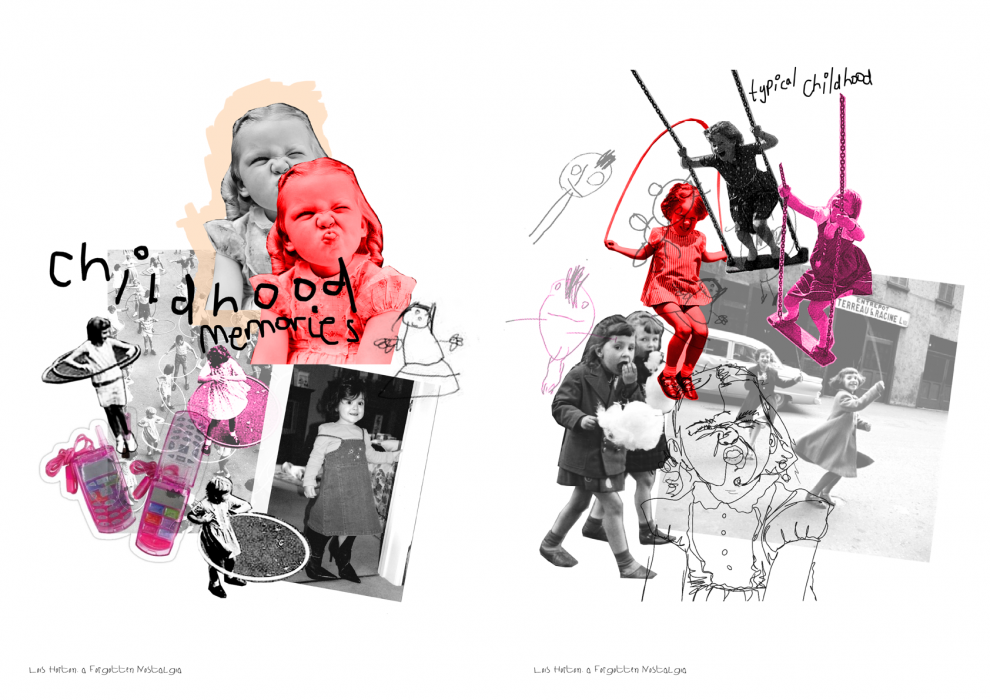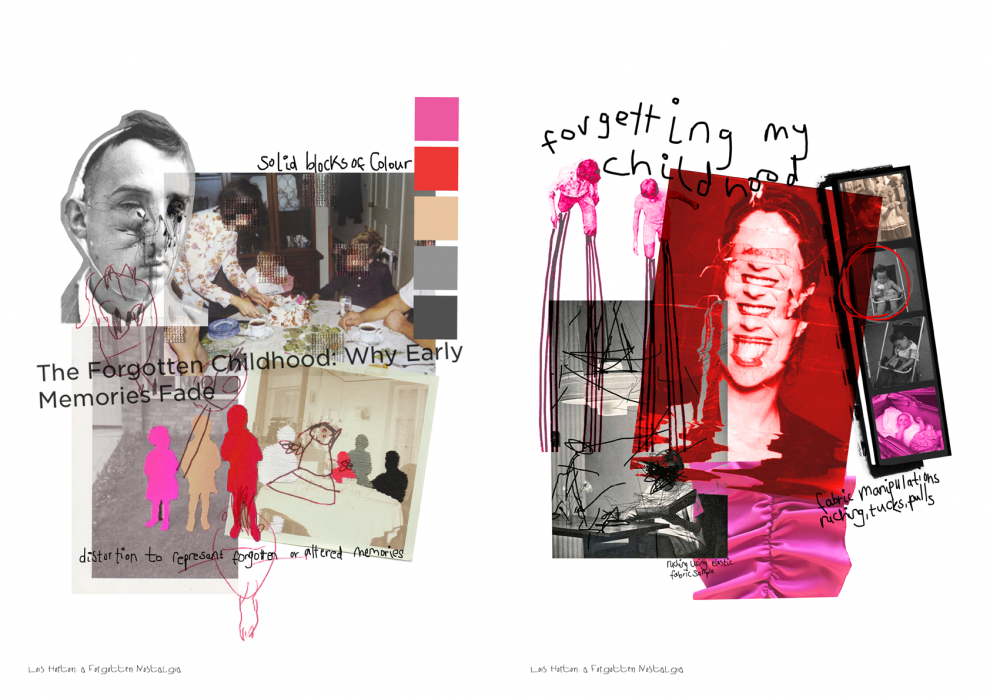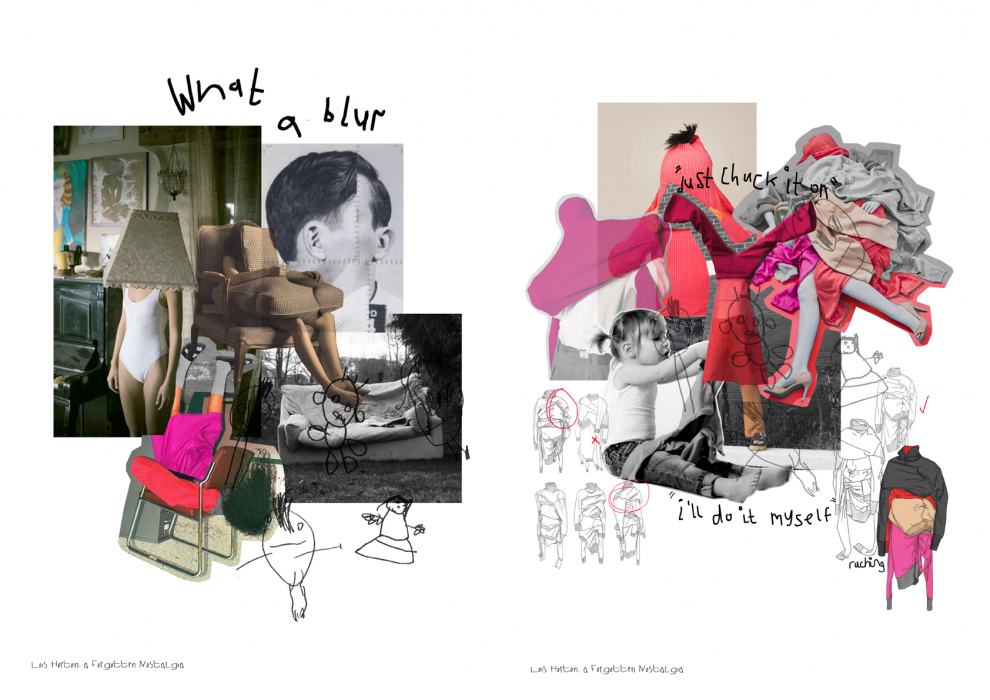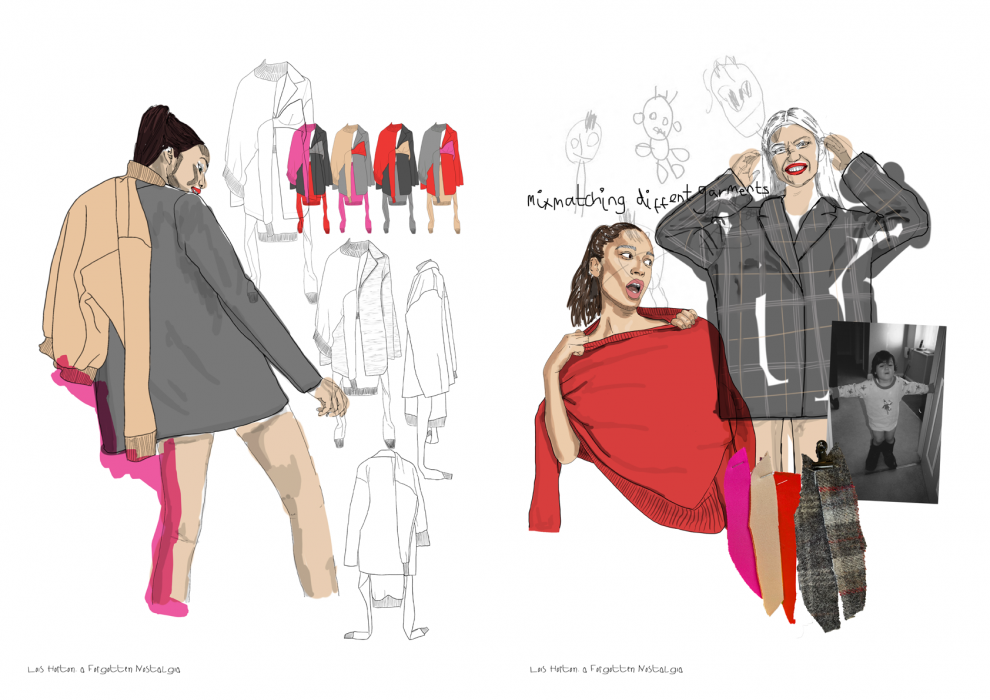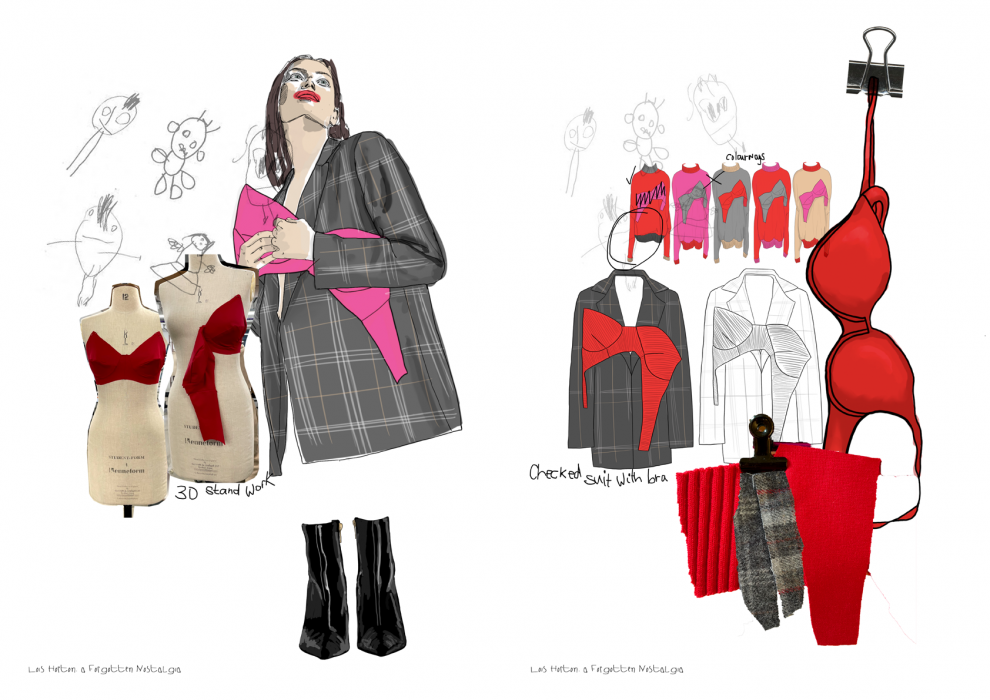
For this project, Lois Horton took initial inspiration from the work of Diane Meyer, who was influenced by the “disjunct between actual experience and photographic representation, and photography’s ability to supplant memory”. From this idea, Meyer created several series of hand-sewn photographs to replicate a pixelated effect to emphasise a distorted memory. This lead Horton to reflect on her own childhood memories and how they had become distorted over time.
Horton based her mainline project upon the broad concept of nostalgia; her work explores the idea of forgotten or altered memories, and the fact that memories may become distorted and not exact to the actual experience. This closely linked to her research into children dressing themselves, and how clothing may be worn on the body incorrectly, due to naivety. Horton played with these ideas and created the concept “A Forgotten Nostalgia”, pulling both childhood, and forgotten memory aspects, to light. This lead to an exploration into childhood images, from which she looked at photographs of herself as a child in her mother’s clothing, wearing oversized, mismatched, and clashing garments, and times when she dressed herself incorrectly. This collection combines casualwear with tailoring aspects, involving sweatshirts and tailored jackets. In order to capture this concept, Horton’s collection plays around with altering and layering garments to emphasise the distorted and incorrectly worn concept.

